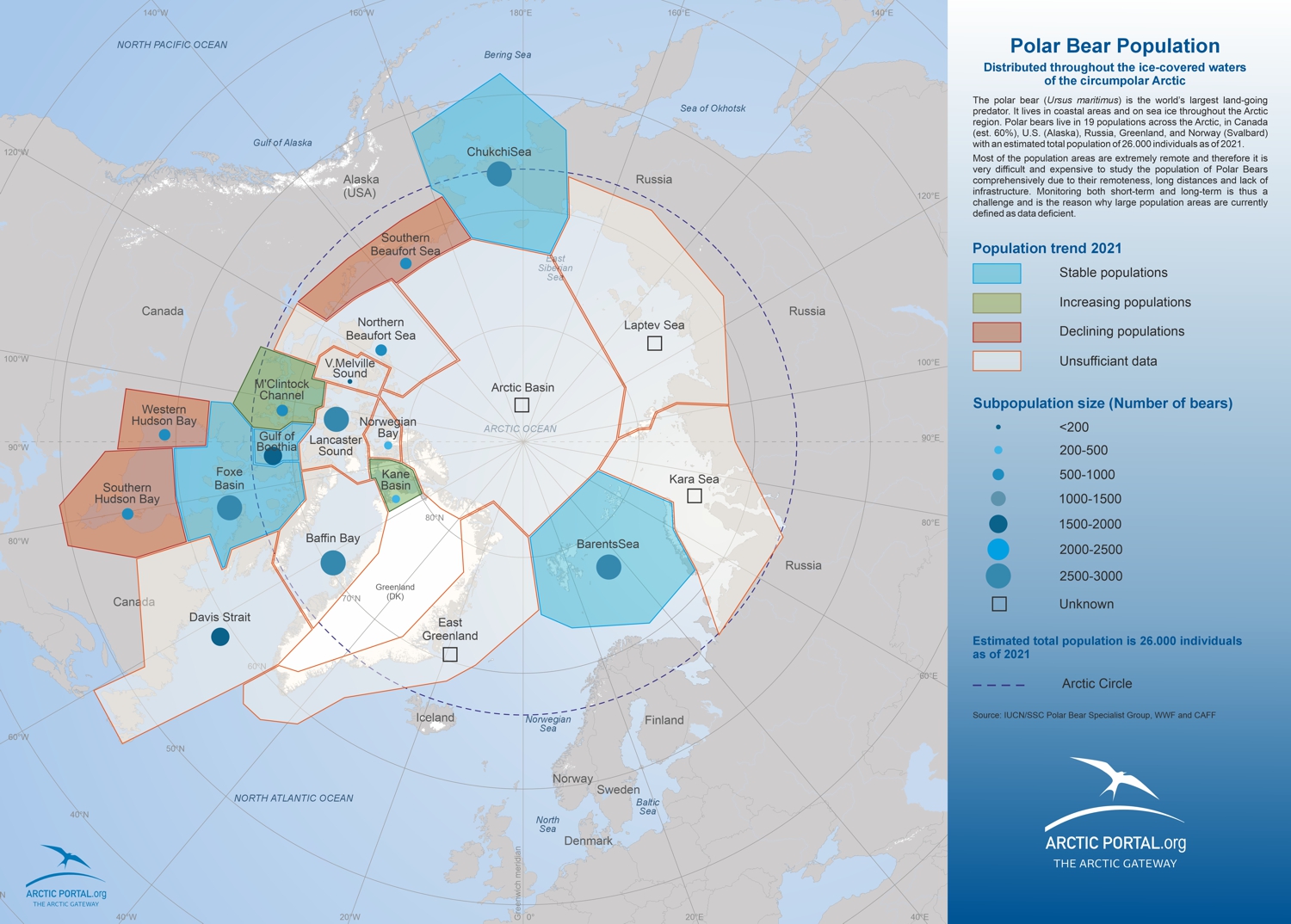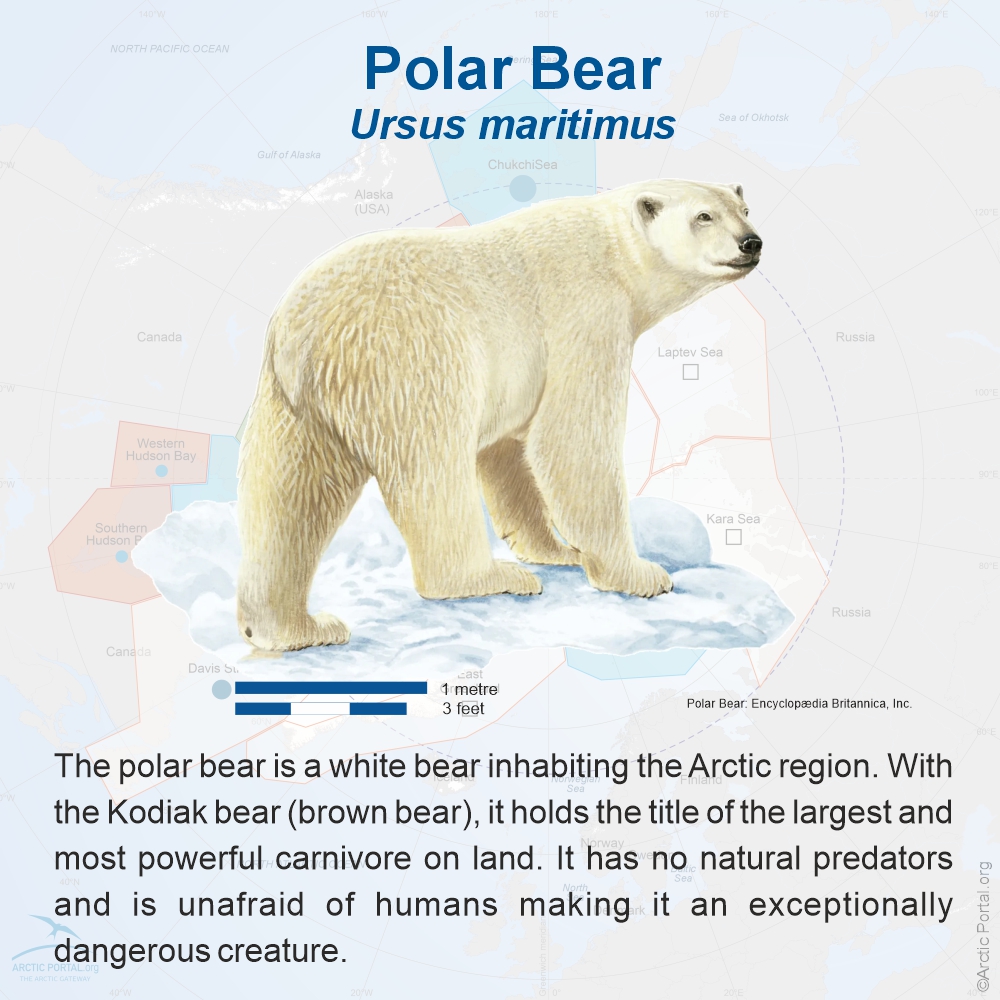Ásthildur Gunnarsdóttir, in her 90s, had a startling encounter while alone at her remote summer home in Höfðaströnd, Jökulfjörður in Iceland. The area has no permanent residents, with only a few houses used during the summer.Ásthildur Gunnarsdóttir, in her 90s, had a startling encounter while alone at her remote summer home in Höfðaströnd, Jökulfjörður in Iceland. The area has no permanent residents, with only a few houses used during the summer.
After entering the house, she glanced out of the window and saw a polar bear just a few meters away. The bear was sniffing around her clothesline, only about three meters from the house.
Her granddaughter, Katrín Gyða Guðjónsdóttir, shared the story in an interview with the news agency Vísir. "She had just entered the house and then saw the bear out the window. It was incredibly close," said Katrín, who hadn’t yet spoken to her grandmother but had heard about the incident. "So, while she had been outside, the polar bear must have been just a few steps away from her."
The polar bear, a young female, was eventually shot by local authorities. Specialists from the Icelandic Institute of Natural History are now studying the carcass.
A Young Bear, Likely in its Second Year
Taxidermist Þorvaldur Þór Björnsson, who measured the bear, estimated it to be about 164 centimeters in length, suggesting the animal was likely in its second year. The bear’s age will be confirmed through tooth extraction and analysis. Samples are being taken to check for various diseases, including rabies and bird flu, as these animals are known carriers of harmful bacteria that could pose a risk to humans.
"The entire process is handled with the utmost care," said Þorvaldur. "Once the necessary samples are taken, the bear is placed in a freezer until the results are received."
Efforts to Save the Bear Met with Refusal
 Before the decision to shoot the bear was made, Icelandic authorities reached out to Greenland to explore the possibility of relocating the animal. However, Greenland's authorities declined, stating they already had more than enough bears. This situation echoes previous incidents, such as in 2008, when a similar attempt to relocate a polar bear was also refused due to concerns that the bear might carry diseases.
Before the decision to shoot the bear was made, Icelandic authorities reached out to Greenland to explore the possibility of relocating the animal. However, Greenland's authorities declined, stating they already had more than enough bears. This situation echoes previous incidents, such as in 2008, when a similar attempt to relocate a polar bear was also refused due to concerns that the bear might carry diseases.
Despite these efforts, the incident has sparked controversy, with some expressing outrage over the bear’s death. "People often call, urging us not to shoot these animals, but the reality is that there are no safe options for relocating them," Þorvaldur explained.
Even though polar bears are considered vulnerable, relocating them remains a difficult task. "No one wants to take them in when they wander into human settlements," added Þorvaldur.
DNA samples will be taken to determine which Greenland population the bear belongs to, providing more insight into its origins.
Source: Visir.is, Mbl.is Maps: Arctic Portal.org
The tags below provide an opportunity to view previously posted related news within the selected category



